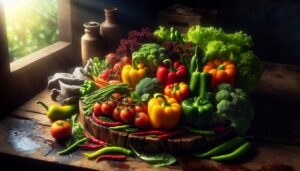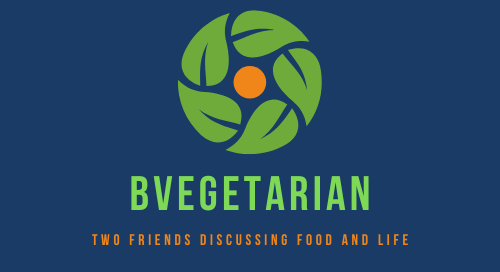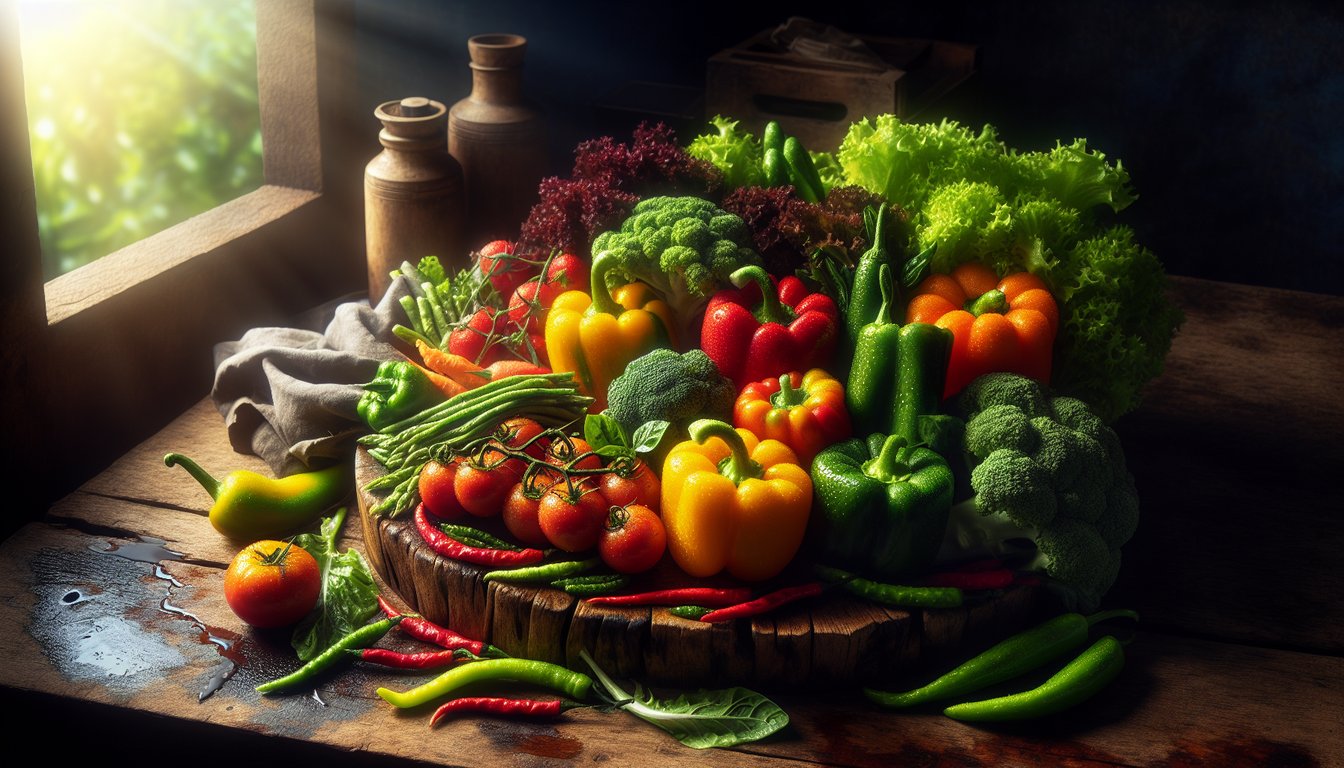Welcome to the exciting world of vegetable preparation, where each slice and dice can lead to an extraordinary meal. When embarking upon your culinary journey, mastering the art of veggie prep is a critical step that can elevate your cooking from simple to exceptional. Whether you’re a novice in the kitchen or looking to refine your skills, we’ve got you covered essential techniques and tips. Let’s transform those vibrant, earthy produce items into the star components of your dishes!
Understanding Vegetable Prep Essentials
Before diving into the specifics, it’s important to recognize that proper vegetable preparation is more than just a means to an end. It’s a craft that can affect the flavour, texture, and nutritional value of your meals. Each vegetable comes with its unique set of rules for handling and prepping, which, when followed, can make all the difference in your culinary creations.
Choosing the Right Tools
It all begins with the right tools. A sharp chef’s knife and a sturdy cutting board are fundamental to efficient and safe vegetable preparation. Remember, a dull knife can be more dangerous, as it requires more force and can slip easily. Additionally, investing in a few specialty tools like a good-quality vegetable peeler, a mandoline, and a pair of kitchen shears can speed up your prep time and open up new possibilities in slicing and dicing.
Washing and Cleaning
Vegetables carry remnants of dirt and sometimes pesticides, so a thorough wash under cold running water is a must. For leafy greens, a salad spinner can help remove excess water after rinsing. Use a soft brush for root vegetables like potatoes and carrots to scrub away any stubborn dirt. Peeling may not always be necessary, as many nutrients are found in the skin, but it can be done based on your recipe requirements or personal preference.
Mastering Cutting Techniques
Chopping vegetables is an art form that can influence cooking time and the dish’s final appearance. Here are some common cutting techniques you should know:
- Julienne: This technique involves cutting vegetables into long, thin strips, ideal for stir-fries and salads.
- Dice: Dicing creates uniform cubes and is excellent for soups, stews, and when an even cook is desired.
- Chiffonade: A method used for leafy vegetables and herbs where they are rolled and sliced into thin ribbons.
For more intricate details on cutting techniques, Fine Cooking offers a mini-class that can help sharpen your skills.
Blanching and Steaming
Some vegetables benefit from a quick blanching or steaming before their final cook. Blanching involves plunging vegetables into boiling water for a short time and then immediately into ice water to halt the cooking process. This method can enhance the color, make peeling easier, and prepare veggies for freezing. Steaming, on the other hand, is a gentle cooking method that preserves nutrients and is perfect for tender-crisp results in dishes like stir-fries.
Roasting and Sautéing
Roasting brings out sweetness and depth of flavor in vegetables. A high heat in the oven caramelizes the natural sugars, creating a deliciously rich taste. The Bon Appétit guide on how to roast vegetables is a fantastic resource for beginners.
Sautéing is a quick cooking method using a small amount of oil or butter over medium-high heat. It’s ideal for softer vegetables that cook quickly, such as bell peppers, onions, and mushrooms. Keep the pieces uniformly sized for even cooking and don’t overcrowd the pan to allow for proper heat circulation.
Embarking on your veggie prep journey can be as rewarding as it is delicious. By honing these essential skills, you’re setting the stage for healthier, more flavorful meals that are sure to impress. Happy chopping!



